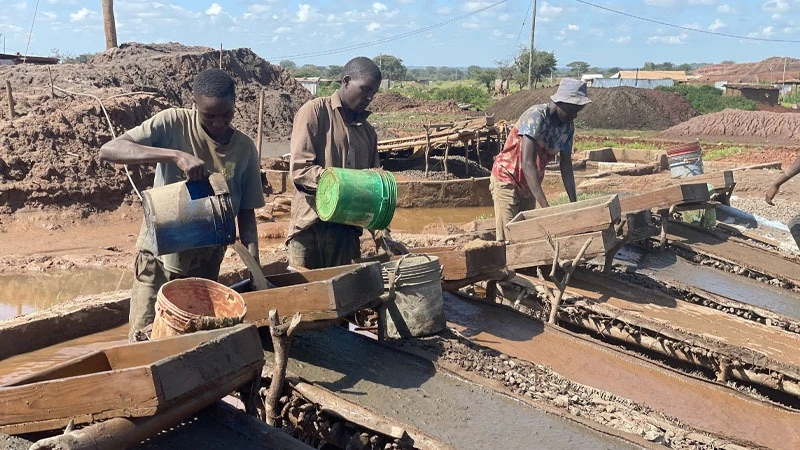Artisanal gold miners can be assisted, after UN’s failure over use of mercury

A campaign being conducted jointly by the National Environment Management Council (NEMC) and the Chief Government Chemist Laboratory Agency (CGCLA) would make an excellent seminar topic in a sociology class.
That would be as to whether there are correct ways of using mercury among small-scale gold miners, for that matter in the Lake Zone in particular.
The drive seeks to impart awareness and build the capacity of miners and apparently of other users of mercury to know how mercury enters the body, the side-effects and how users could protect themselves from the chemical.
One could be excused for blurting out a simple answer, say, the wearing of dependable gloves and even leaving it to the national Mining Commission to make impromptu inspection to ensure that this directive is being followed.
Another feature, a sort of preliminary issue, is how far gold-mining areas are unlikely to have heard about mercury “misdeeds” in the body, nearly 30 years after gold-mining started in a big way in the mid-1990s.
Seeking out miners in seminars is an effort to ensure that they are all elaborately aware of the risks being taken, and perhaps this sort of step will help in making regulatory use of good sets of gloves more effective.
It is often not easy to tell from the outside how much really the briefing is needed – that is, how far there is social exposure to the ill-effects of mercury, as it is a huge deterrent.
Evidently, it is important for miners to use equipment to prevent mercury from touching the skin, as mercury could be quite simply like a mild snake bite, with effects like damaging the nervous system, impaired vision and in due course, kidney failure.
According to a CGCLA official, mercury affects the growth of the child during pregnancy in cases of safe use and storage not being observed.
There is another dimension that was not aired in the exchange as it related to the impacts of mercury on those actually handling it. These will need to resuscitate wider environmental research on the impact of the chemical when it seeps into the ground and starts contaminating potential sources of water: streams, rivers, wells, etc.
Controlling the use of mercury for small-time miners is envisaged in the Minamata Convention on Mercury.
An online summary says that this is an international treaty designed to protect human health and the environment from anthropogenic emissions and releases of mercury and mercury compounds.
The best interpretation would be to ban mercury but small miners have ardently resisted the measure. So, the World Bank and all manner of regulatory agencies all talk of safe management and safe use of mercury.
The scale of the problem is quickly in evidence when one of the miners says that the group to which he belongs was all but unaware of the effects of mercury.
The idea that most of those engaged in gold mining were indeed unaware of the health effects of the chemical shows inbuilt resistance to the ‘bad mouthing’ of mercury. Question: Why literally cling to pushing for the “safe handling” of mercury instead of simply impose a permanent ban on the use of the chemical?
Top Headlines
© 2024 IPPMEDIA.COM. ALL RIGHTS RESERVED

















